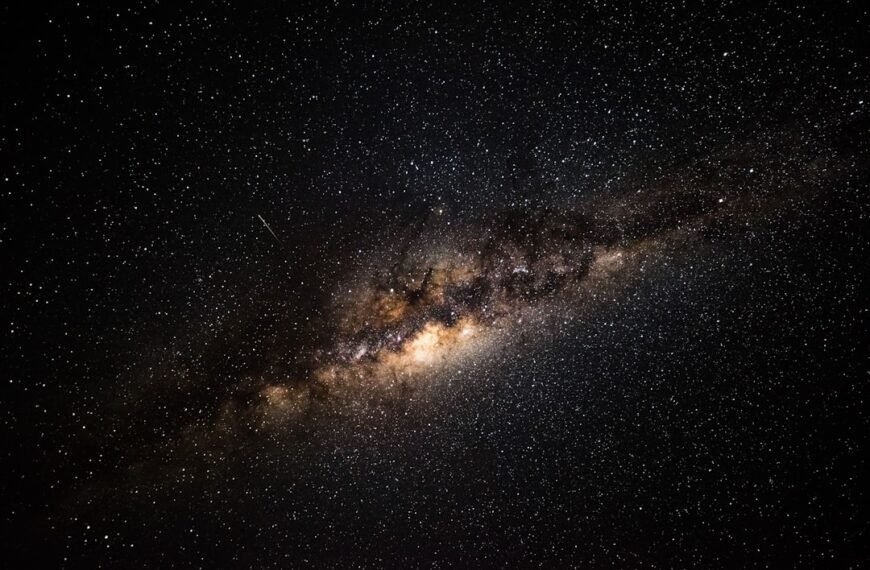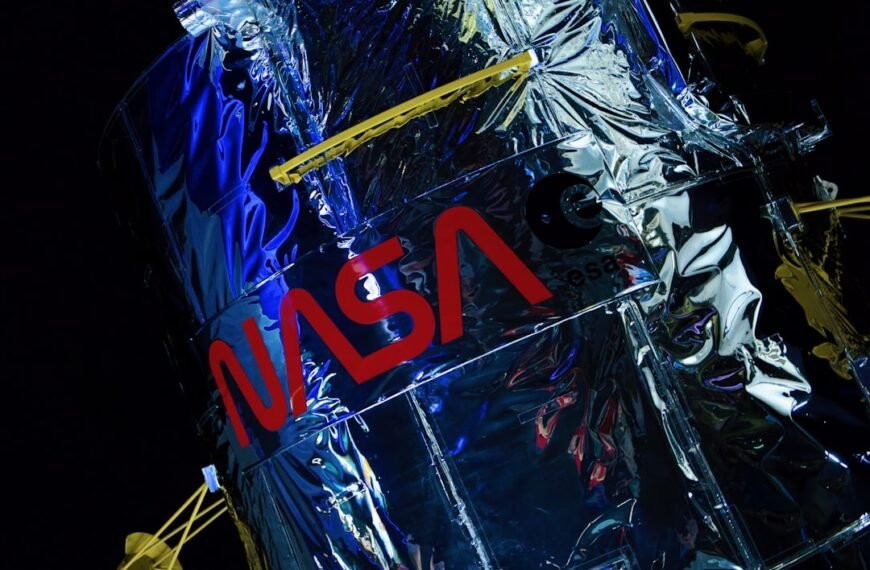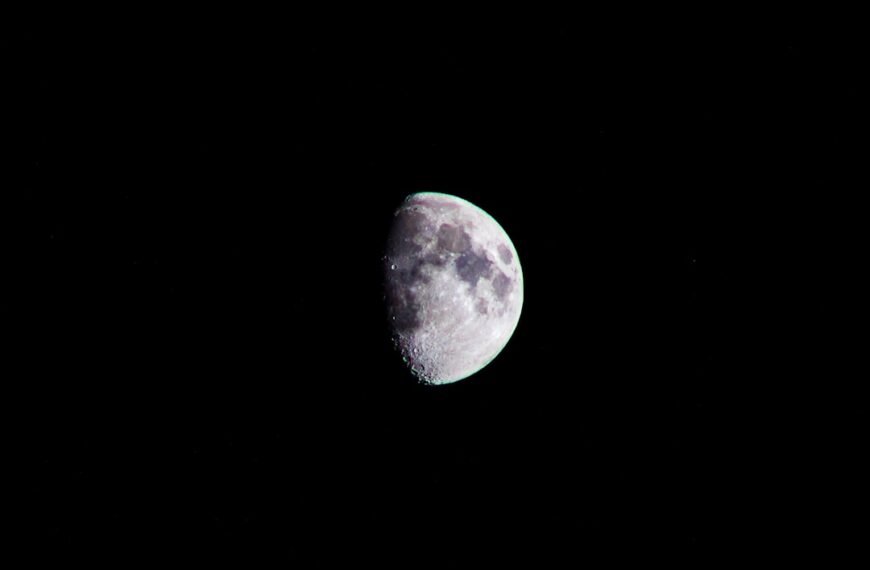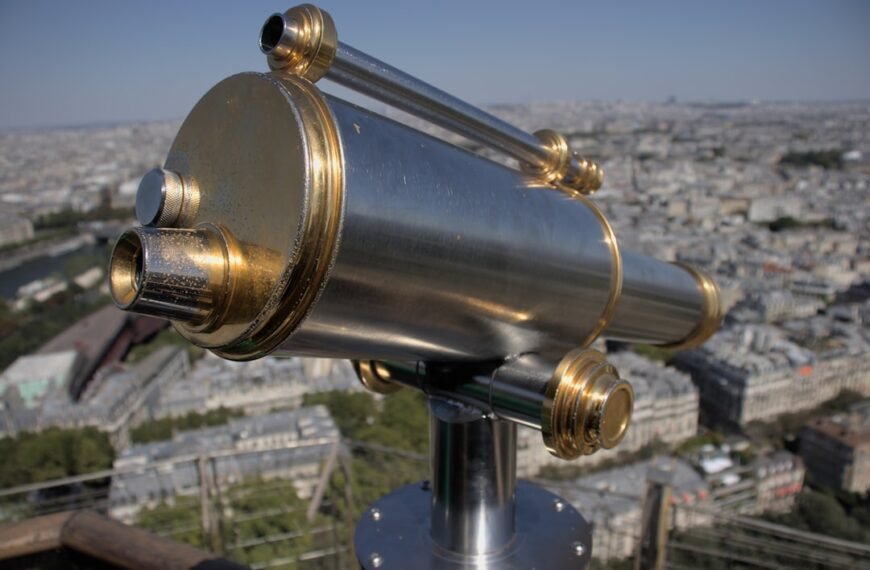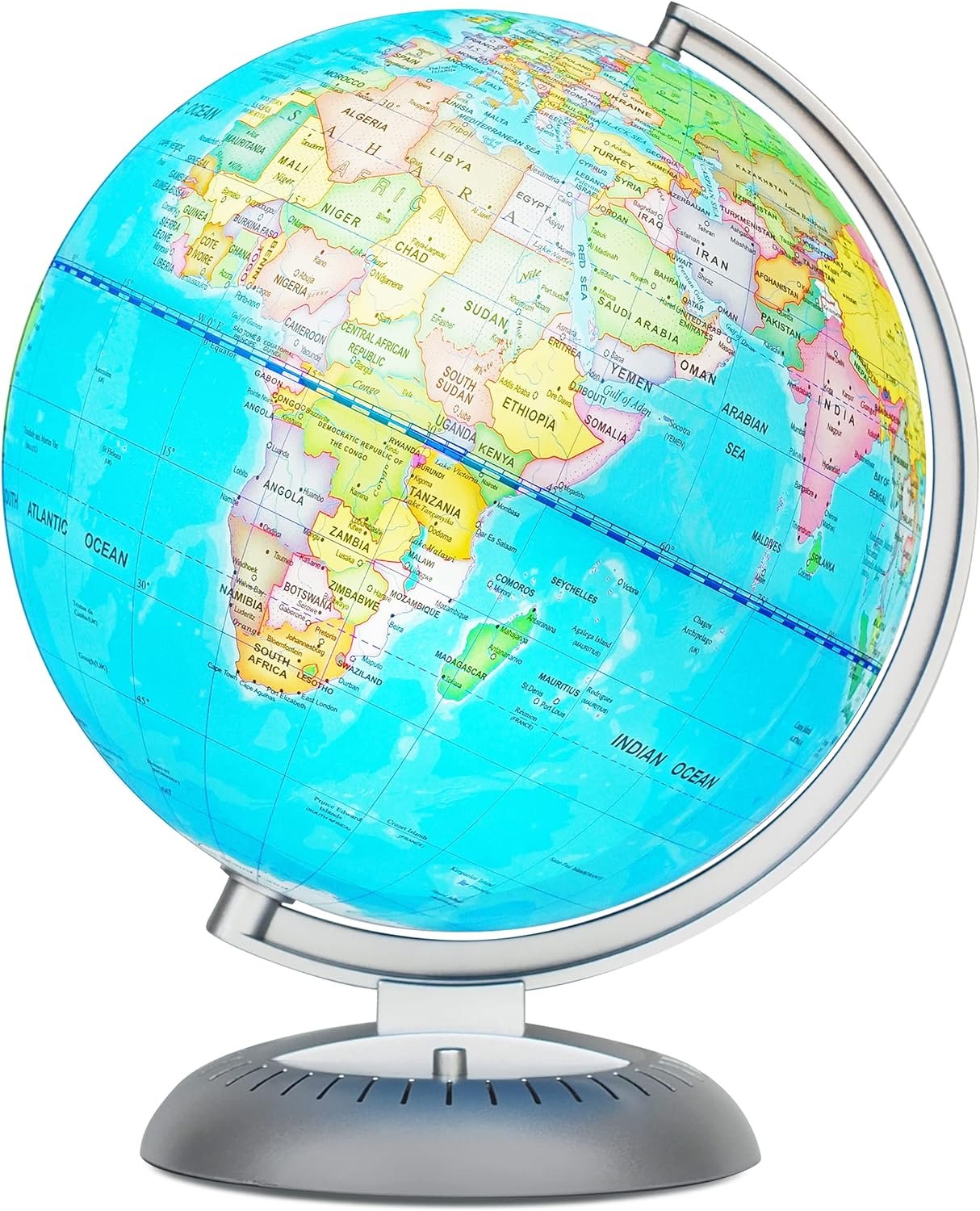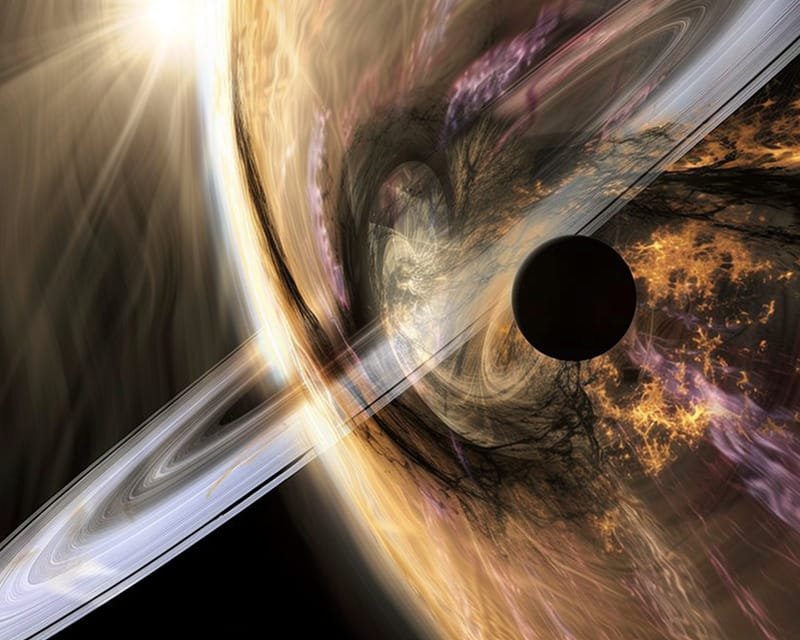Gravity waves, also known as gravitational waves, are ripples in the fabric of spacetime caused by the acceleration of massive objects. These waves were first predicted by Albert Einstein in his theory of general relativity in 1916, but it wasn’t until 2015 that they were directly detected for the first time. Studying gravity waves is of utmost importance as they provide us with a new way to observe and understand the universe.
Key Takeaways
- Gravity waves are ripples in the fabric of spacetime caused by the acceleration of massive objects.
- The theory of general relativity predicts the existence of gravity waves, which were first detected in 2015 by the LIGO observatory.
- Gravity waves are formed by the collision of massive objects, such as black holes or neutron stars.
- Gravity waves have properties such as frequency, amplitude, and speed, which can be measured and analyzed to learn more about the universe.
- The study of gravity waves has important implications for astrophysics and cosmology, and new technologies are being developed to search for them.
The Theory of General Relativity and Gravity Waves
General relativity is a theory of gravity that was developed by Albert Einstein in the early 20th century. It describes gravity as the curvature of spacetime caused by the presence of mass and energy. According to this theory, massive objects like stars and planets create a gravitational field that warps the fabric of spacetime around them.
Gravity waves fit into the theory of general relativity as they are disturbances in this warped spacetime caused by the acceleration of massive objects. When two massive objects, such as black holes or neutron stars, orbit each other or collide, they create ripples in spacetime that propagate outwards at the speed of light. These ripples are what we refer to as gravity waves.
The Discovery of Gravity Waves: LIGO and the Nobel Prize
The Laser Interferometer Gravitational-Wave Observatory (LIGO) is a large-scale physics experiment and observatory to detect cosmic gravitational waves and to develop gravitational-wave observations as an astronomical tool. LIGO consists of two identical detectors located in Livingston, Louisiana, and Hanford, Washington.
In 2015, LIGO made history by detecting gravity waves for the first time. The waves were produced by the merger of two black holes located about 1.3 billion light-years away from Earth. This groundbreaking discovery confirmed Einstein’s prediction and opened up a new window into the universe.
The significance of this discovery was recognized by the scientific community, and in 2017, the Nobel Prize in Physics was awarded to Rainer Weiss, Barry C. Barish, and Kip S. Thorne, the key figures behind the development of LIGO and the detection of gravity waves.
How Gravity Waves are Formed: The Collision of Massive Objects
Gravity waves are formed when massive objects accelerate or change their motion. When two massive objects orbit each other or collide, they create disturbances in the fabric of spacetime that propagate outwards as gravity waves.
For example, when two black holes orbit each other, they emit gravity waves that carry away energy and angular momentum. As a result, their orbit gradually decays, and they eventually merge into a single black hole. This process releases a tremendous amount of energy in the form of gravity waves.
Other examples of massive objects that can create gravity waves include neutron stars, which are extremely dense remnants of massive stars that have undergone supernova explosions. When two neutron stars merge, they also emit gravity waves that can be detected by observatories like LIGO.
The Properties of Gravity Waves: Frequency, Amplitude, and Speed
Gravity waves have several properties that can be measured and studied. These include frequency, amplitude, and speed.
Frequency refers to the number of wave cycles that occur per unit of time. In the case of gravity waves, the frequency is related to the source of the waves. For example, if two black holes are orbiting each other at a high frequency, they will emit gravity waves with a high frequency.
Amplitude refers to the maximum displacement or height of a wave from its equilibrium position. In the case of gravity waves, the amplitude is related to the energy of the source. More massive objects or more energetic events will produce gravity waves with higher amplitudes.
Speed refers to how fast a wave propagates through a medium. In the case of gravity waves, they propagate at the speed of light, which is approximately 300,000 kilometers per second. This means that gravity waves can travel vast distances in a relatively short amount of time.
The Importance of Gravity Waves in Understanding the Universe

Studying gravity waves is of utmost importance as they provide us with a new way to observe and understand the universe. By detecting and analyzing gravity waves, scientists can gain insights into some of the most extreme and energetic events in the cosmos.
For example, the detection of gravity waves from the merger of two black holes provides evidence for the existence of these enigmatic objects. It also allows scientists to study the properties of black holes, such as their masses and spins, which can provide valuable information about their formation and evolution.
Gravity waves can also help us understand the nature of neutron stars, which are some of the densest objects in the universe. By studying the gravity waves emitted during neutron star mergers, scientists can learn more about their composition, structure, and behavior under extreme conditions.
The Search for Gravity Waves: Current and Future Technologies
The current technology used to detect gravity waves is based on interferometry. Interferometers are devices that use laser beams to measure tiny changes in distance. In the case of LIGO, two interferometers are used to detect gravity waves by measuring the minute changes in distance caused by passing gravity waves.
However, current technology has its limitations. For example, LIGO is only sensitive to gravity waves within a certain frequency range. To detect lower frequency gravity waves, new observatories like LISA (Laser Interferometer Space Antenna) are being developed. LISA will consist of three spacecraft flying in formation in space and will be able to detect gravity waves from a wider range of sources.
Future technologies being developed include advanced interferometers with even greater sensitivity, as well as space-based observatories that can detect gravity waves from different parts of the electromagnetic spectrum. These advancements will allow scientists to study gravity waves in even greater detail and uncover new insights about the universe.
The Role of Gravity Waves in the Big Bang Theory
The Big Bang Theory is the prevailing cosmological model that describes the origin and evolution of the universe. According to this theory, the universe began as a singularity, a point of infinite density and temperature, approximately 13.8 billion years ago. It then underwent a rapid expansion known as cosmic inflation, which was followed by the formation of galaxies, stars, and other structures.
Gravity waves play a crucial role in the Big Bang Theory as they are believed to have been produced during cosmic inflation. Inflationary models predict that gravity waves were created by quantum fluctuations in the early universe, which were amplified and stretched out by the rapid expansion.
Detecting and studying these primordial gravity waves can provide valuable insights into the physics of the early universe and help confirm or refine our understanding of cosmic inflation.
The Implications of Gravity Waves for Astrophysics and Cosmology
Studying gravity waves has profound implications for astrophysics and cosmology. By observing these waves, scientists can gain insights into some of the most extreme and energetic events in the universe, such as black hole mergers and supernova explosions.
Gravity waves can also provide valuable information about the properties of massive objects like black holes and neutron stars. By studying their masses, spins, and other characteristics, scientists can learn more about how these objects form and evolve over time.
Furthermore, gravity waves can help us understand the nature of spacetime itself. By studying how gravity waves propagate through spacetime, scientists can test the predictions of general relativity and search for possible deviations or modifications to the theory.
The Exciting Future of Gravity Wave Research
In conclusion, studying gravity waves is of utmost importance as they provide us with a new way to observe and understand the universe. The discovery of gravity waves by LIGO and the subsequent Nobel Prize recognition have opened up a new era of gravitational wave astronomy.
The properties of gravity waves, such as frequency, amplitude, and speed, can be measured and studied to gain insights into the nature of massive objects and the behavior of spacetime itself.
The search for gravity waves is ongoing, with current technology being continuously improved and new technologies being developed. These advancements will allow scientists to study gravity waves in even greater detail and uncover new insights about the universe.
The future of gravity wave research is indeed exciting, with the potential to revolutionize our understanding of astrophysics, cosmology, and the fundamental nature of the universe.
Can gravity form waves that ripple through the cosmos? This fascinating question is explored in a thought-provoking article on The Universe Episodes website. In their blog section, they delve into the concept of gravitational waves and their impact on the vast expanse of space. To gain a deeper understanding of this captivating phenomenon, check out their article by clicking here.





